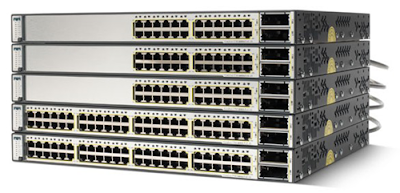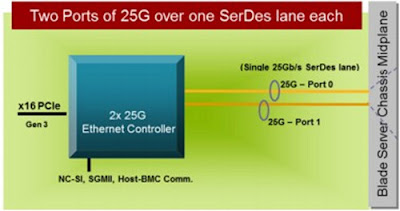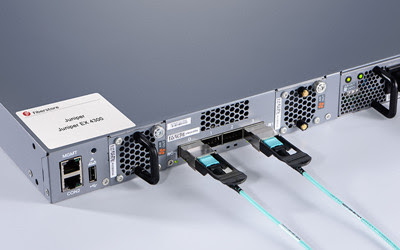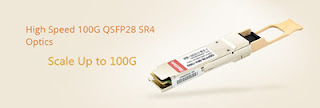OM3 And OM4 Fiber for 10G/40G/100G Network
Multimode fiber has been highly favored by Ethernet users and gained the widest acceptance in network backbones where it has offered users the opportunity to extend link distances, increase network reliability, and lower costs by centralizing electronics. OM3 fiber emerges just at the right time. The predominance of OM3 fiber is that utilizes laser-optimized fiber, which is the highest-capacity medium for short-wave 10G optical transmission. OM4 fiber just joined multimode fiber family after OM3 fiber in order to meet the requirement of longer range applications. This passage would give a brief introduction to OM3 and OM4 fiber, give a further analysis on their differences and selection guide, as well as list their applications. Introduction to OM3 & OM4 Fiber Both OM3 and OM4 fiber meet the ISO 11801 standard. The standard specifies that OM3 fibers are capable of 10 Gb/s performance over distances of up to 300m. Like being mentioned, the laser optimized 50/125 mm multimode O








